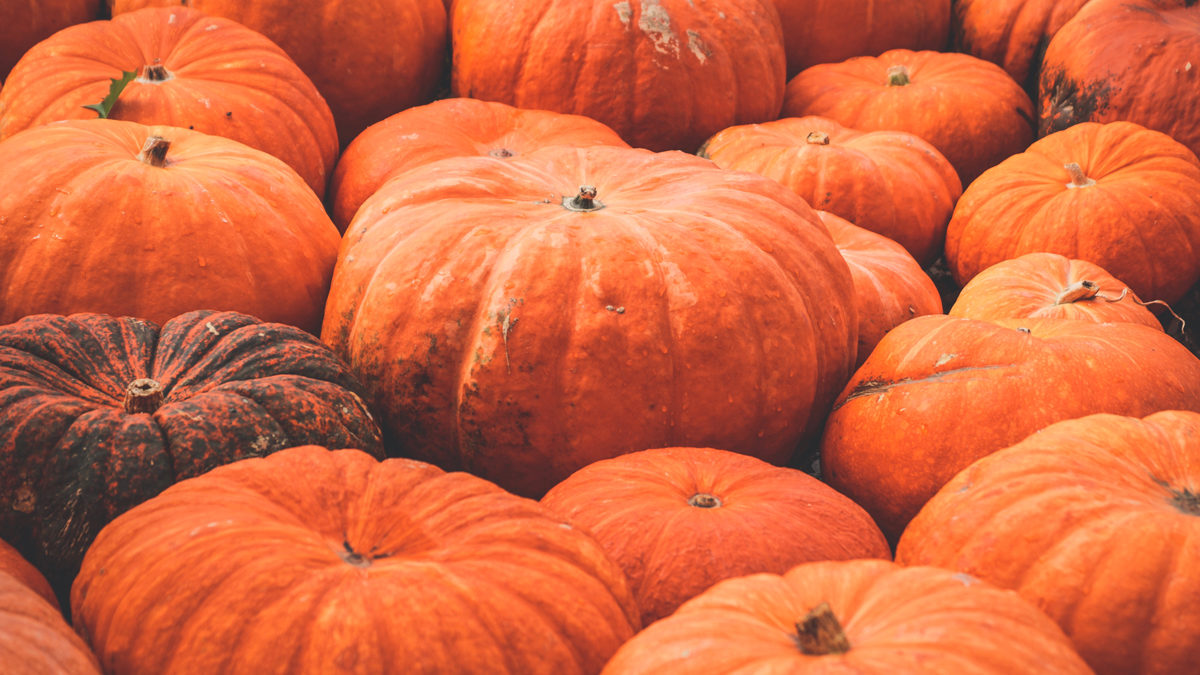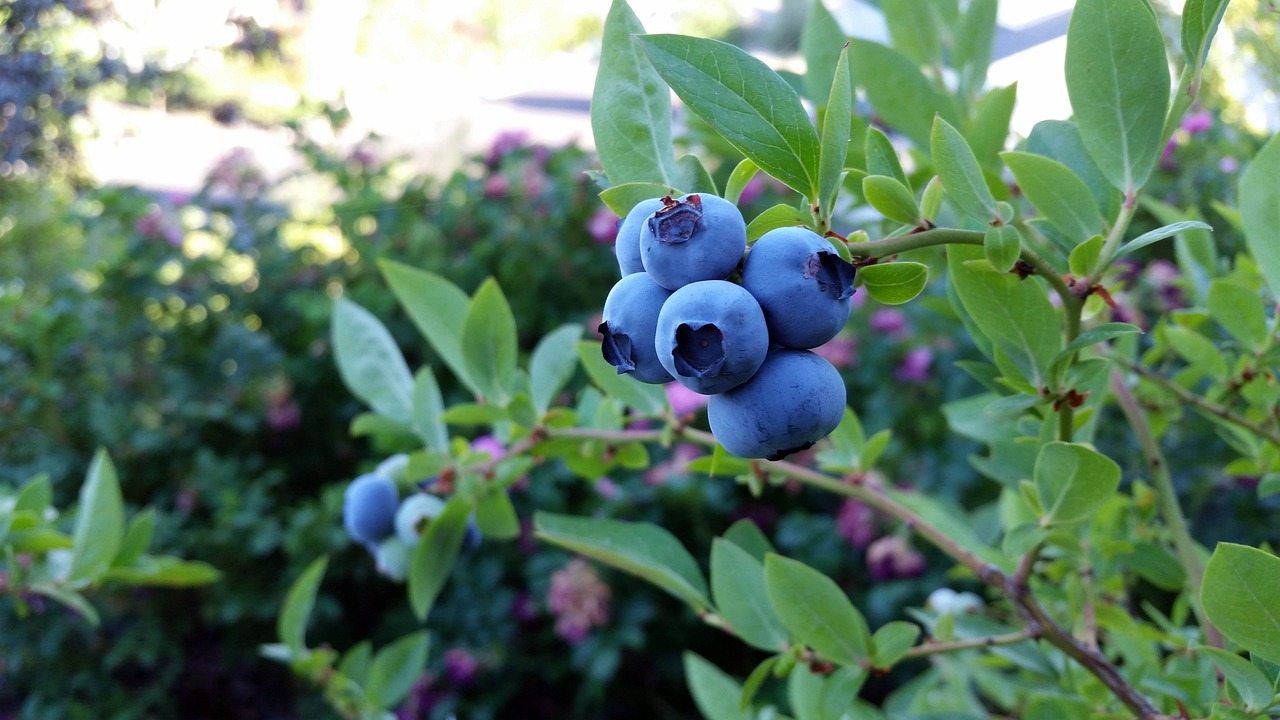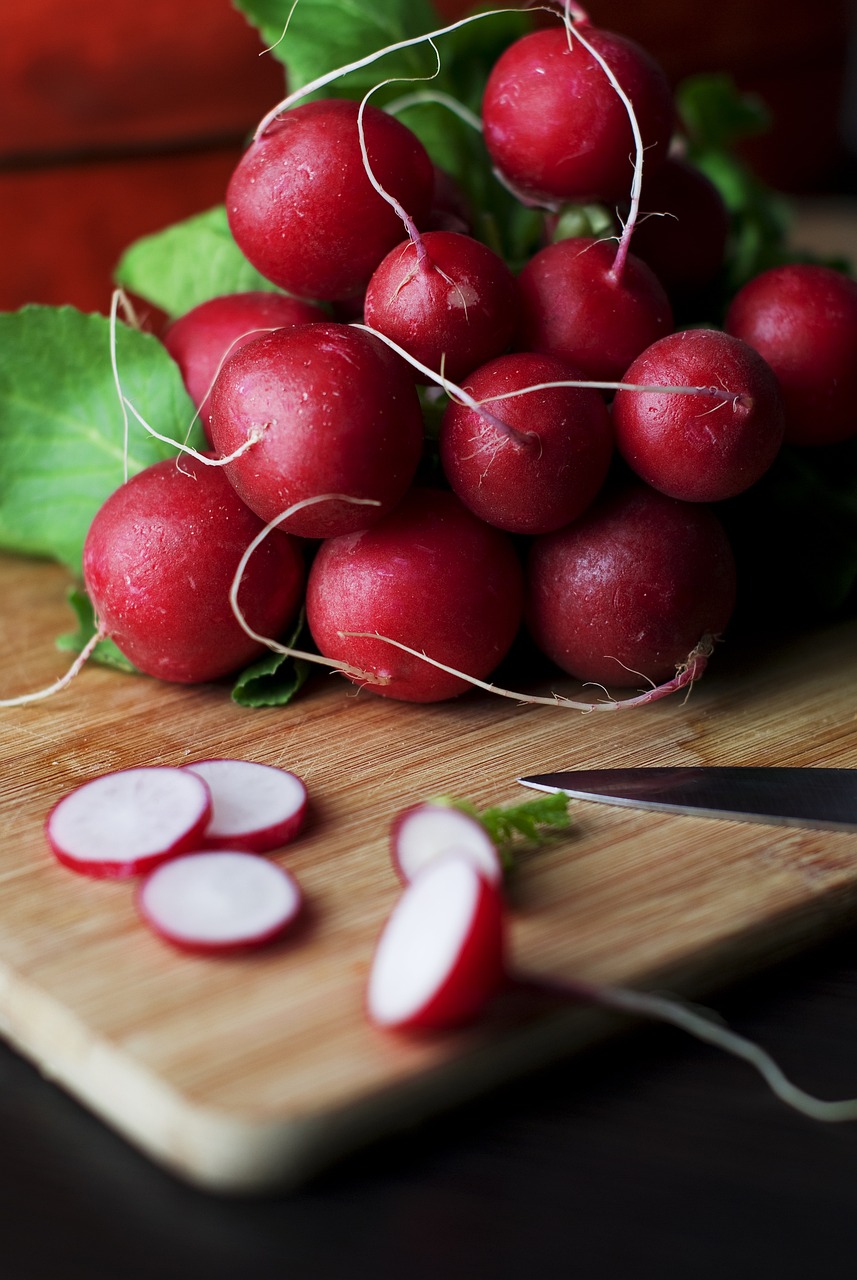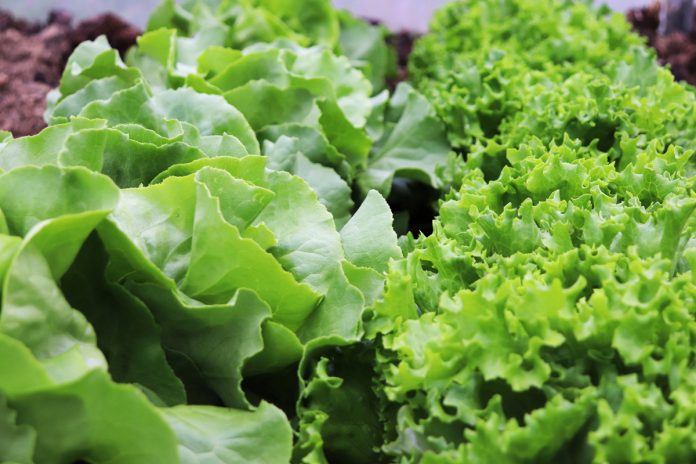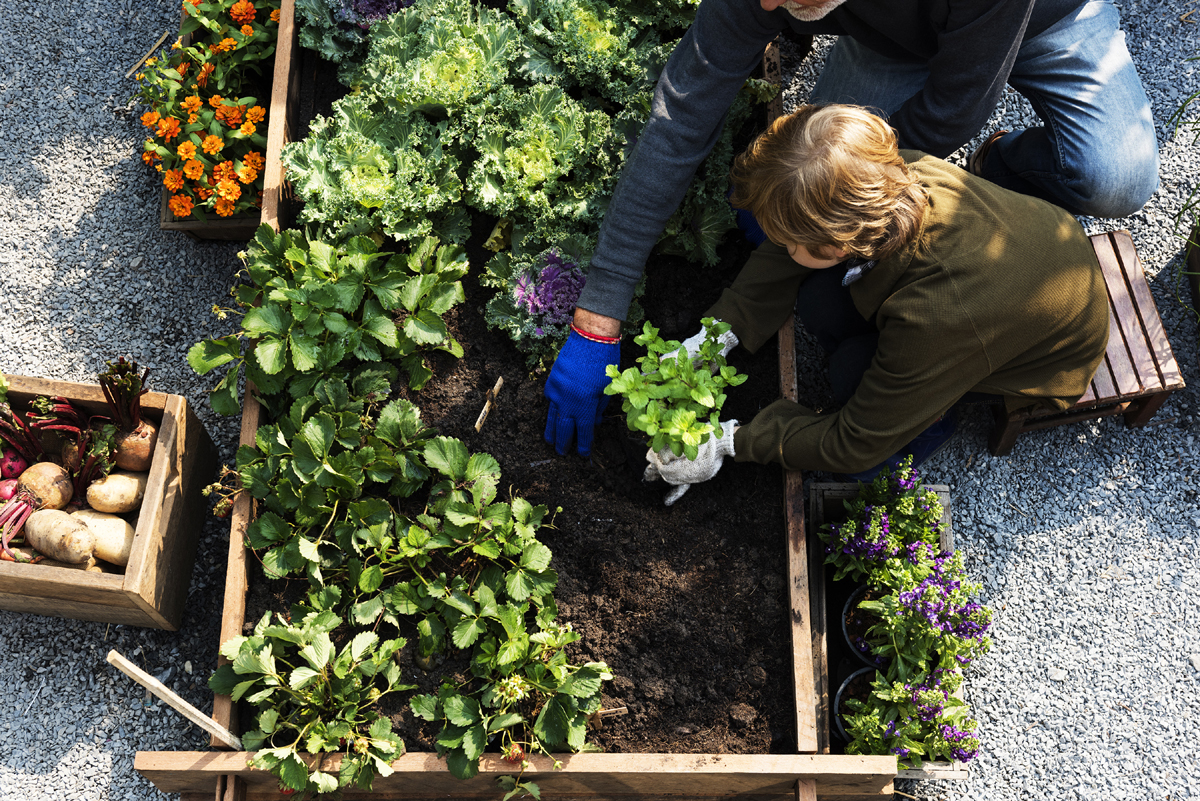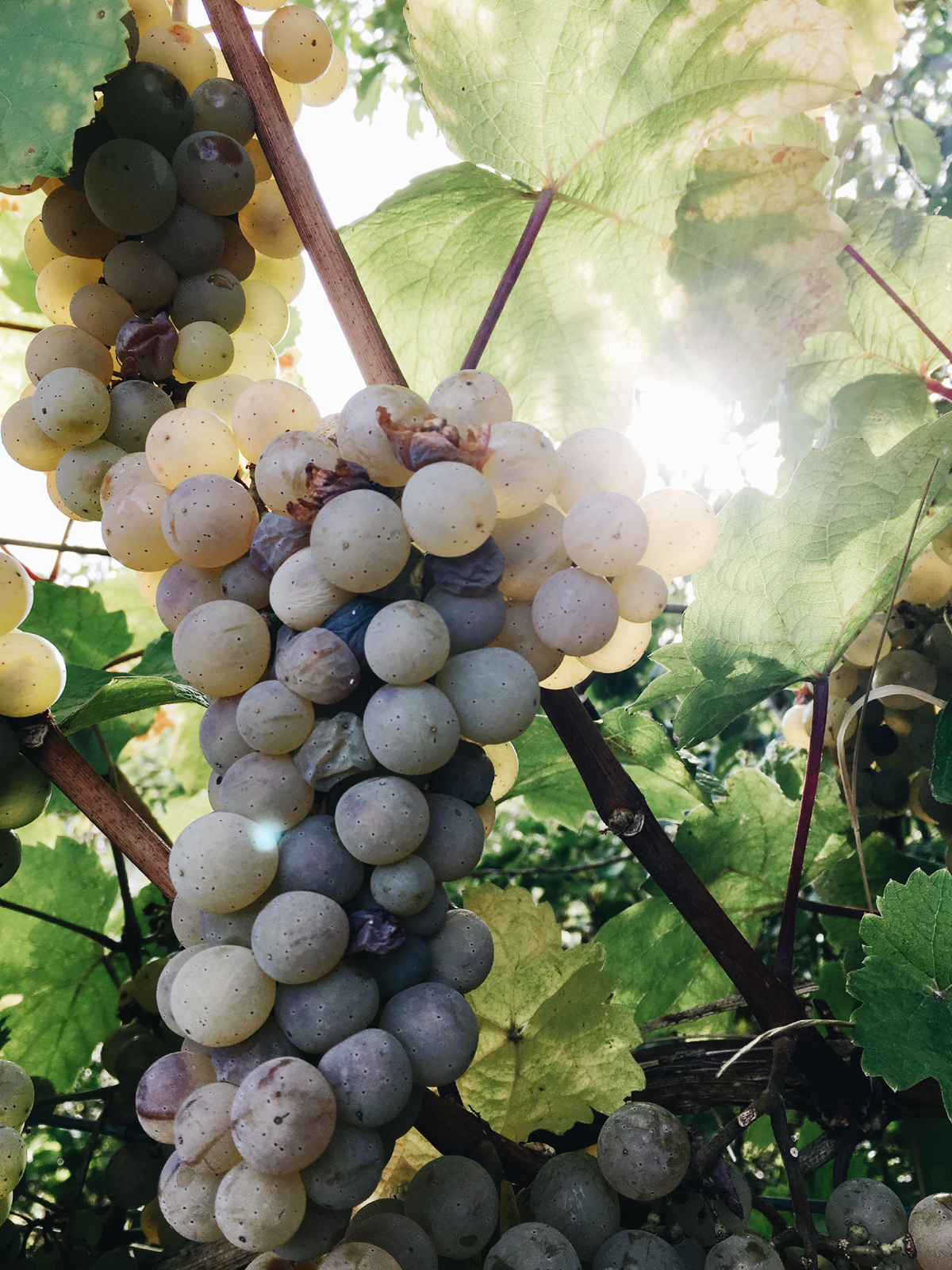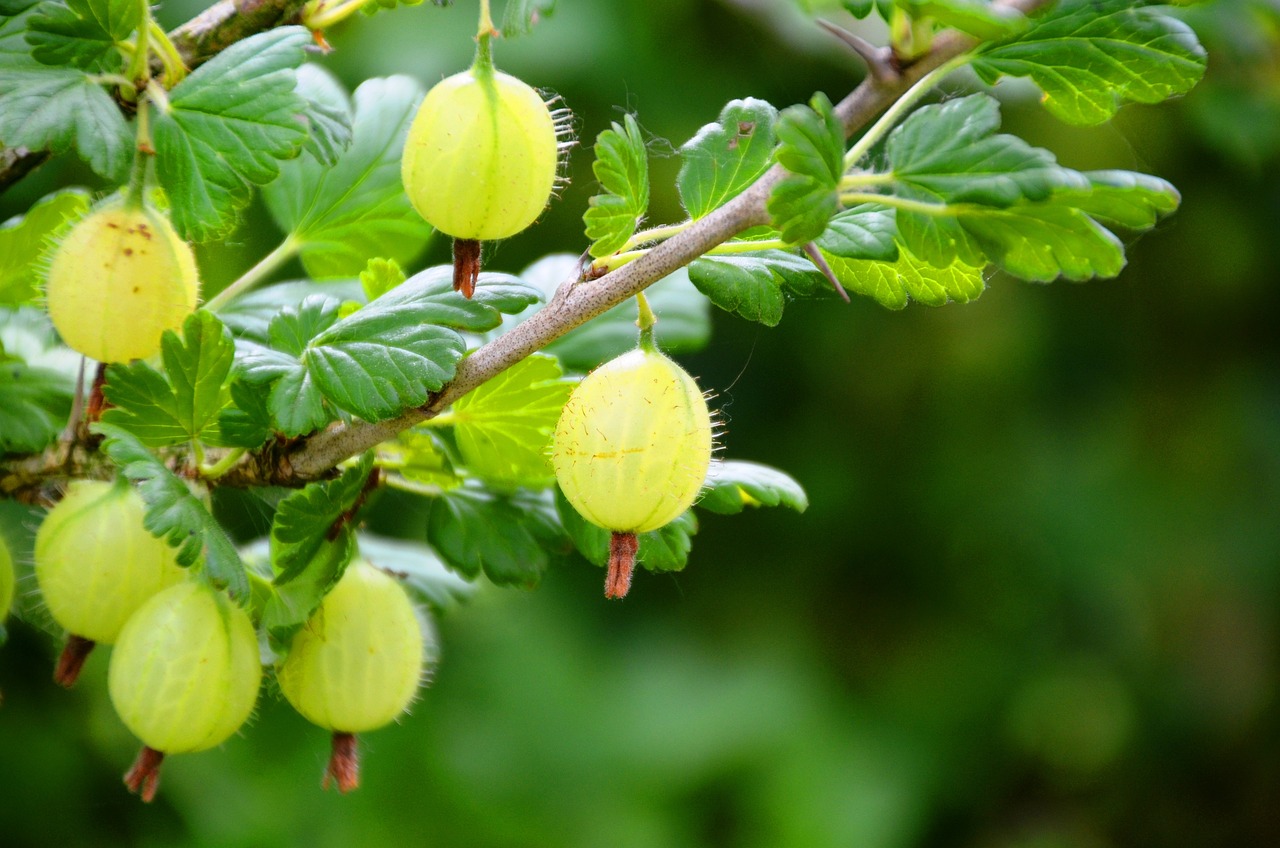Are My Grapes Ready to Harvest?
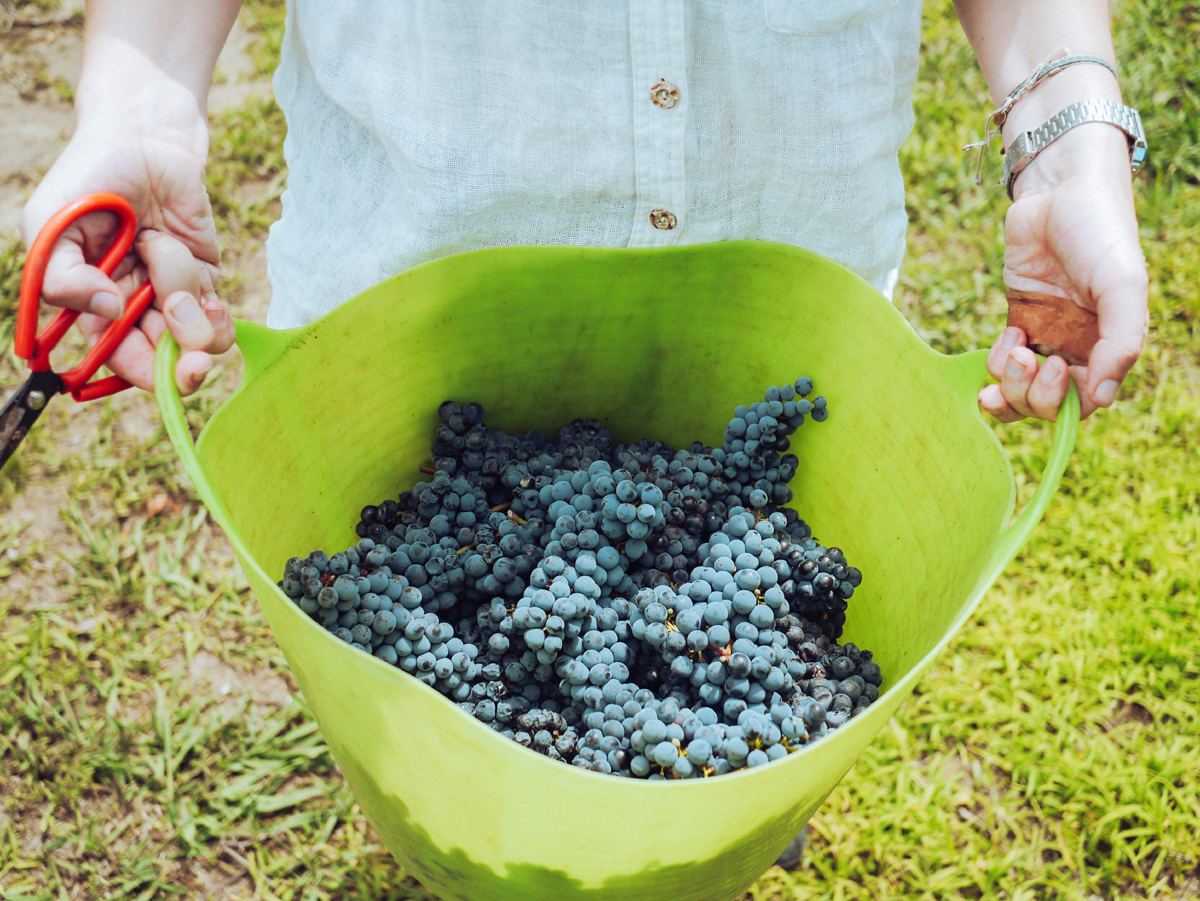
This is the time of the year that I keep hearing the question “When do I harvest my grapes?” Or sometimes the question is phrased “Are my grapes ripe yet?” And then there’s the “Are they ready yet?”
Yes, it’s that time of the year when grapes are turning color and homeowners are thinking about when their grapes will be harvested. But many homeowners think that when the color turns, the grapes are ready to eat. They pick a few colored berries and pop them in their mouths only to find that there is very little flavor and a puckering feeling hits their pallets.
Just because the color has turned on your grapes, it doesn’t mean they’re ripe. Generally speaking, grapes need one to three weeks after turning color to be considered ripe for harvest. But this time frame is dependent upon many factors including the variety, what the grapes are to be used for, and environmental conditions like the weather.
The grape variety has a lot to do with how quickly the grapes will ripen. Varieties are classified as early, mid-season, and late depending on how many days it takes for the grapes to go from full bloom of the flowers to harvest ripeness (Usually compared to the Concord variety). It should be obvious that early varieties will ripen fast and be picked much earlier than late varieties. If you grow a variety that is considered late in an area with a short growing season of less than 170 days, the grapes will never get totally ripe.
What you are going to use the grapes for goes hand-in-hand with the variety. Each variety has been bred for specific uses. Some are table grapes. These are used for eating. There are jam and juice grapes. And then there are wine grapes. Each are harvested by sugar content and acidity.
Table grapes don’t need as much sugar as wine grapes to be considered ripe. They usually reach between 16 and 18 percent sugar before they are ready to harvest. For the homeowner with grapes in the backyard or garden this is hard to measure. But since you are going to eat them, you only need to taste the grapes to determine if they are ready. The flavor components are as important as the sugar level of the grapes. When they get to the point where you think they taste good, then pick them.
Be sure to taste more than one berry to determine this though. Not all grape berries are ripe at the same time. Berries in different parts of the cluster ripen at slightly different times. Clusters don’t all ripen at the same time either. Clusters in the sunshine ripen quicker than those that are shaded. Clusters towards the base of the shoot ripen earlier than those towards the tip of the shoot.
Wine grapes need more sugar to produce a higher alcohol content when fermented. Grape growers like wine grapes to reach 20 – 24 percent sugar ideally. Here again, this is variety dependent. Acidity is also important when considering the ripeness of wine grapes. Too high acidity will make the wine taste acidic and bitter and too low will make the wine flat.
For more information you may be interested in purchasing the book CREATING A VINEYARD GARDEN: Beginners Guide Guide to Growing Your Own Grapes from Amazon.com
If you are growing grapes to make wine, you might want to invest in an instrument called a refractometer to measure the sugar content of your grapes. This tool makes it easy to find out how much sugar is in one or more berries. The juice of the berries is squeezed onto the refractometer plate, the plate is closed, and then by holding the instrument towards the light you can look into the eyepiece and see what the sugar reading is.
A less expensive means is to use a hygrometer. You need at least 50 berries to determine the sugar content by this method though. Hygrometers are more accurate than a refractometer and that’s the trade-off. The hygrometer is floated in the grape juice obtained by squeezing the berries and the sugar content is read off the scale in the neck of the hygrometer.
>> List of Grape Varieties (Wikipedia)
Acidity can be measured by the titration method. But this is more in the realm of the chemist than the hobby grape grower. Because the pH of the juice is related to the acidity, it is more convenient for the small grower to use a portable “pH pen”. A pH of between 3.00 and 3.55 generally indicates that the acidity of the grapes is in the for making wine. This also will depend on the variety.
The seeds of the grape berry are also an indication of ripeness. If the seeds are green or light tan, the grapes are usually not ripe. Ripe grapes have brown, mature seeds. Along with this, the ease with which the berries can be pulled off the cluster also can indicate degrees of ripeness. Ripe grape berries can be pulled from the cluster with little resistance.
Birds, raccoons, squirrels, and other wildlife that like to eat grapes can also be an indicator that your grapes are ripening and ready for harvest. These pests will harvest and eat your grapes as soon as they are ripe. Of course, you don’t want to allow them to eat your grapes before you have a chance to harvest them. Bird netting and fences are needed to keep these pests at bay and allow only you to have the pleasure of your grape crop.
>> Crop Harvest Calendar for North America
The Author:
Jim’s website. Ristcanyonvineyards_com

